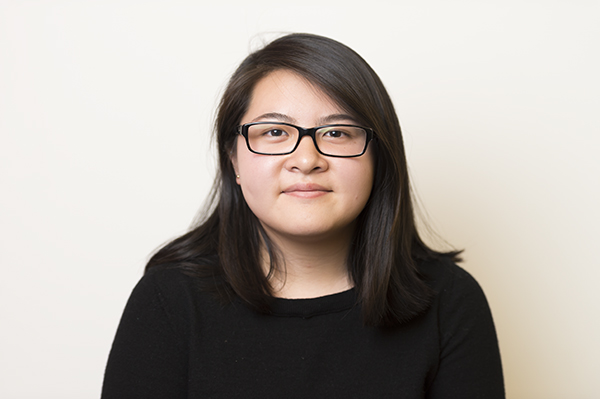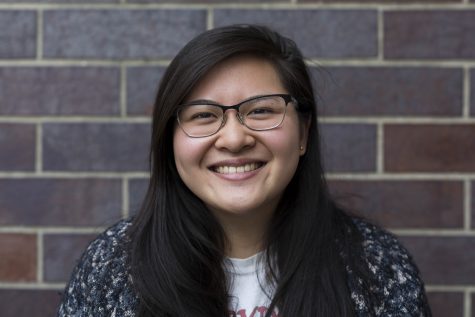Asian-Americans Deserve Racial Nuance

February 1, 2016
In the United States, to be “Asian-American” is to be everything and nothing at once. The term itself is so nebulous, often encompassing ethnic groups with little to no relation to each besides the fact that they originate from the same gigantic continent.
Race relations and notions of privilege in the United States have always been tempestuous, but many fall into the trap of believing that the main conflict has always been between all people of color and their white counterparts. In reality, racial privilege operates in a much more complex way.
The Asian-American community occupies an odd spot in the American racial hierarchy, and its members often find themselves embroiled in issues that are unique to them. For instance, there are serious problems that Asian-Americans face from established institutions and from less formal social norms. The most famous idea is probably the “model minority,” a myth that serves to invalidate Asian-American accomplishments, homogenize an extremely diverse group and pit Asian-Americans against other minorities.
The “model minority” idea also hides the severe disparities that exist in Asian-American communities. For example, the overall poverty rate for Asian-Americans in the US sits at about 13 percent. But that number changes once the “Asian” umbrella term is removed: people of Hmong descent are impoverished at a 38 percent rate, Cambodians 29 percent, and so on.
These disparities originated from the practice of racializing Asian immigrants into the United State’s black-white racial binary, according to historian Evelyn Nakano Glenn’s book Unequal Freedom. Certain groups — such as East Asians — were “whitened” and elevated while others got the opposite effect. Even so, Asian-Americans still find themselves perennially “othered,” not just by white institutions and norms, but by other minorities as well — Asian-Americans report being told that they don’t get to count as people of color.
Still, it is important to consider the ramifications of the privilege Asian-Americans are afforded. Asian-Americans are not targeted by law enforcement at anywhere near the rates blacks and hispanics are. Within Asian-American communities there exists significant racist sentiments, especially against African-Americans. There is a perception that when the black-white racial binary is evoked, Asian-Americans more naturally side with whites — even at NYU, when the creator of the White Student Union page said that they garnered support particularly from East Asian students.
Asian-Americans can neither look past the grievances caused by primarily white institutions, nor can they ignore the problematic tendencies within their own communities. It is crucial that all citizens dialogue with and attempt to understand each other, and Asian-Americans are no exception.
Opinions expressed on the editorial pages are not necessarily those of WSN, and our publication of opinions is not an endorsement of them.
A version of this article appeared in the Monday, Feb. 1 print edition. Email Emily Fong at [email protected].

























































































































































